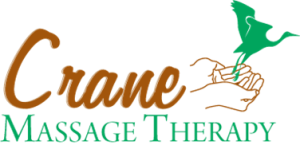Much remains unknown about the origins of massage, which was known in ancient Greece as “anatripsis” and in the Roman world as “frictio.”
What is clear is that a diverse range of civilizations spread throughout the ancient world used the technique, including the Greeks and Romans, Mesopotamians, Chinese, Indians, Japanese, and Koreans.
The Chinese Huangdi Nei-jing compendium of medical knowledge, written in roughly 700 to 500 BC (the earliest period of written history in the world), refers to massage in 30 different chapters, even detailing what methods are to be best used in specific situations. At around the same time, the first recorded Chinese doctor, Bian Que, is known to have used massage in his practice.
In about 500 BC, Jīvaka Komarabhācca (believed to be the Buddha’s doctor) created what now is known as Thai massage, by combining assisted postures, reflexology and acupressure. In India, Ayurvedic medicine (including massage) was described in literature.
In the meantime, the great Greek physician Hippocrates – the father of modern Western medicine, and a major proponent of massage – wrote that “the physician must be experienced in many things, but assuredly in rubbing.”
Throughout the majority of the Roman empire, most doctors were thought to be “quacks;” anyone could proclaim they were a physician, as licensing was not required until about 200 AD. The wealthiest Roman families kept special slaves called Aleiptes, who were tasked with the family’s medical and massage needs. Many of these household members came from Greece, including Asclepiades, who was considered one of the first and foremost experts in massage. Asclepiades was even said to have brought a dead man back to life by manipulating his body for several minutes.
A Roman physician named Celsus who lived in the time of Christ also believed in the power of massage, and expounded on Hippocrates’ guidelines.
Massage commonly was used before workouts and physical activity in the ancient world, and took the form of a friction rub, followed by application of oil, followed by a brief massage with average pressure. After the workout, a long, more relaxing massage was performed.
C.B.Y.
